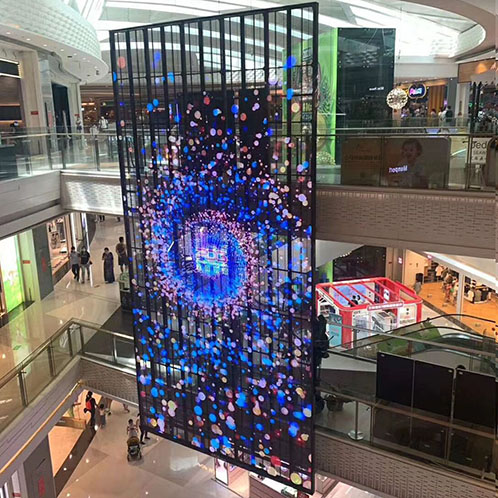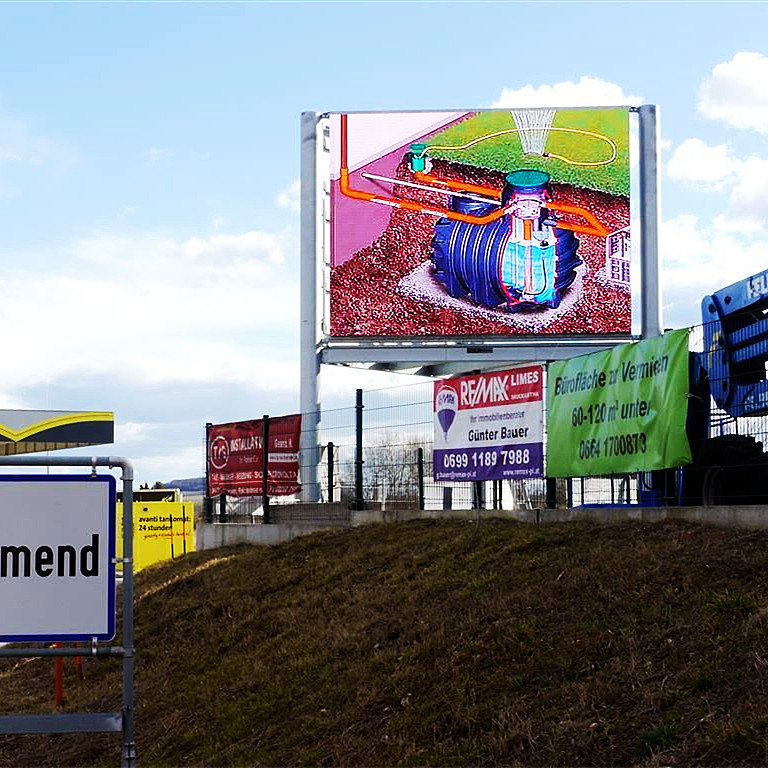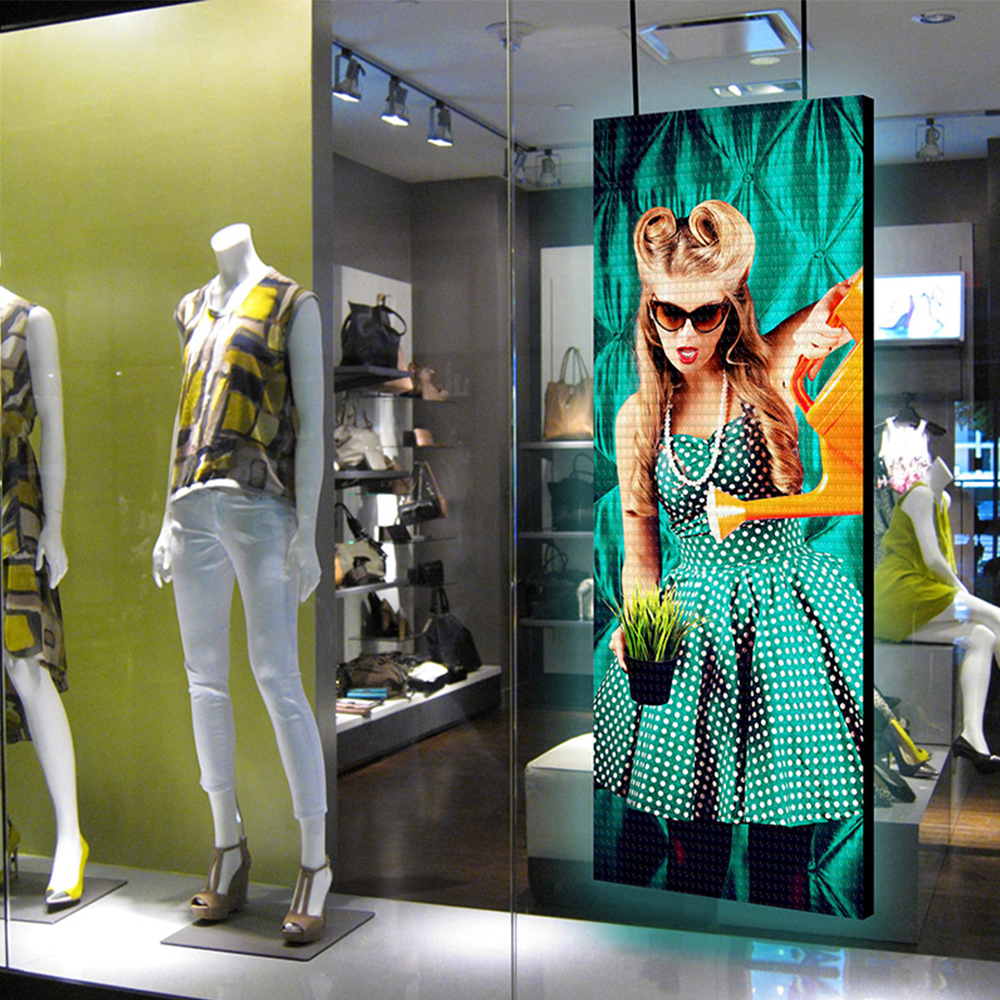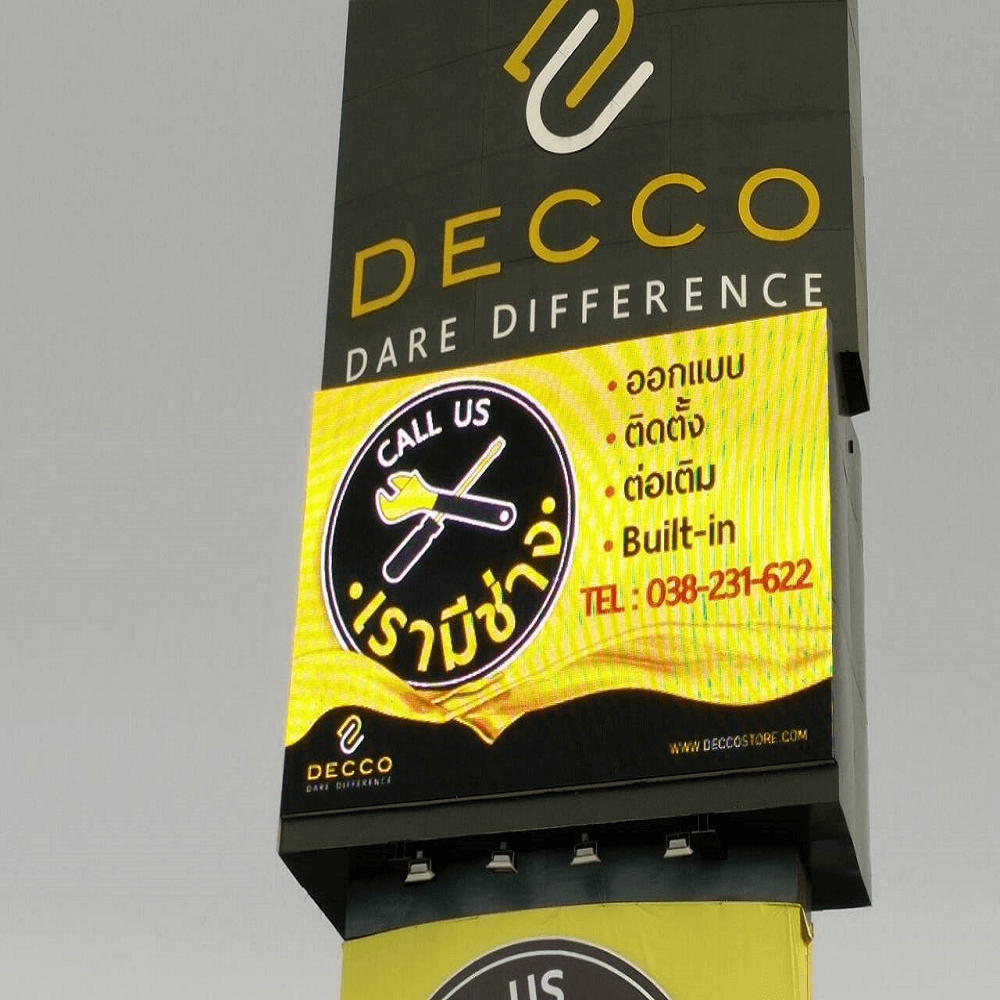News
Site Editor
 Site
https://hscled.cn08.wondercdn.com/uploads/image/68931a3c33409.png
LED stands for Light Emitting Diode. SMD refers to Surface Mounted Diode, a technology that utilizes a process of mounting each LED chip (pixel) directly to a printed circuit board (PCB). Mounting the diodes in this fashion allows displays to be thinner and sleeker than older LED technology. SMD also allows for finer pixel pitch. Simply put, pixel pitch refers to the distance between the diodes and is responsible for resolution. Fine pixel pitch translates into high resolution. Fine pixel pitch is what makes HD and UHD LED possible.
Site
https://hscled.cn08.wondercdn.com/uploads/image/68931a3c33409.png
LED stands for Light Emitting Diode. SMD refers to Surface Mounted Diode, a technology that utilizes a process of mounting each LED chip (pixel) directly to a printed circuit board (PCB). Mounting the diodes in this fashion allows displays to be thinner and sleeker than older LED technology. SMD also allows for finer pixel pitch. Simply put, pixel pitch refers to the distance between the diodes and is responsible for resolution. Fine pixel pitch translates into high resolution. Fine pixel pitch is what makes HD and UHD LED possible.
LED vs. LCD: Which One Is Better For A Video Wall?
Views: 4424
Author: Site Editor
Publish Time: 2021-09-03
Origin: Site
When it comes to the LED vs. LCD video wall debate, it can be hard to pick a side. We’re here to help with that.
What Is LED?
LED stands for Light Emitting Diode. SMD refers to Surface Mounted Diode, a technology that utilizes a process of mounting each LED chip (pixel) directly to a printed circuit board (PCB). Mounting the diodes in this fashion allows displays to be thinner and sleeker than older LED technology. SMD also allows for finer pixel pitch. Simply put, pixel pitch refers to the distance between the diodes and is responsible for resolution. Fine pixel pitch translates into high resolution. Fine pixel pitch is what makes HD and UHD LED possible.
What Is LCD?
LCD panels are made of a layer of liquid crystal between two pieces of polarized glass. Liquid crystal can not emit light. Backlights are therefore used to illuminate the display. LCD panels are sleek in design, but typically limited to specific sets of dimensions.

Look at technology
Technically, LED displays are just LCD displays. Both use Liquid Crystal Display (LCD) technology and a series of lamps placed at the back of the screen to produce the images we see on our screens.
The main difference between the two technologies is that for LCD displays, the lamps at the back of the screen are fluorescent, whereas LED displays use Light Emitting Diodes.
There are two types of LED backlighting technologies; edge lighting and full array lighting. In edge lighting – as the name suggests – the LEDs are placed along the edge of the screen whereas in full-array lighting, an array of LEDs spans the back of the LED screen. In both cases, local dimming may or may not be used. The majority of LED displays are edge-lit without local dimming.
Picture Quality
Image quality is one of the most contentious issues when it comes to the LED vs. LCD video wall debate. LED displays generally have better picture quality compared to their LCD counterparts. From black levels to contrast and even colour accuracy, LED displays usually come out on top. Among LED screens, full-array back-lit displays with local dimming provide the best picture quality. There is usually no difference in terms of viewing angle. This instead depends on the quality of glass panel used.
The question of viewing distance may crop up in LED vs. LCD discussions. In general there is not a huge distance between the two technologies. If viewers will be watching from up close the screen needs a high pixel density regardless of whether your video wall uses LED or LCD technology.
Does it save energy?
It’s generally accepted that LED displays have the lowest energy consumption levels of all displays. LCD displays commonly consume more energy than plasma and CRT displays, neither of which are in production.
In their research, CNET found that “No question, LED LCDs have the lowest energy consumption” in a comparative test between plasma, LCD and LED displays.
Size (and slimness)
LED displays also win in terms of thickness, or lack thereof The reason, once again, being the advanced lighting technology. To start with, light emitting diodes are much smaller compared to the fluorescent lamps used in LCD displays.
Secondly, when the LEDs are placed at the edges as opposed to the back end of the display, the resulting screen will obviously be thinner. This explains why edge-lit LED screens are the slimmest displays available.

Cost
If your main concern is budget, then LCD is the obvious choice. As this article points out, you can usually buy a much bigger LCD display for vastly less money than an LED. LCD video walls are generally much cheaper compared to similar sized LED displays.
Video Walls
Video walls are one of the most popular ways to use digital displays in interior spaces. From entertainment venues to other various retail spaces on the market, video walls have wide appeal. This makes the setup more complex than single screens, so it’s essential to have the right screens. LEDs are typically the preferred display for video walls. They are seamless, tiling together with no bezels. In a well-installed application, video walls have excellent uniformity and the widest viewing angles. LCDs can be tiled, but their bezels cause gaps and visual barriers. While there are LCDs with narrow bezels, small seams are still visible, unfortunately.
If you’re looking for a LED video wall we would love to discuss our solutions with you! Get in touch with us to arrange a consultation.
















